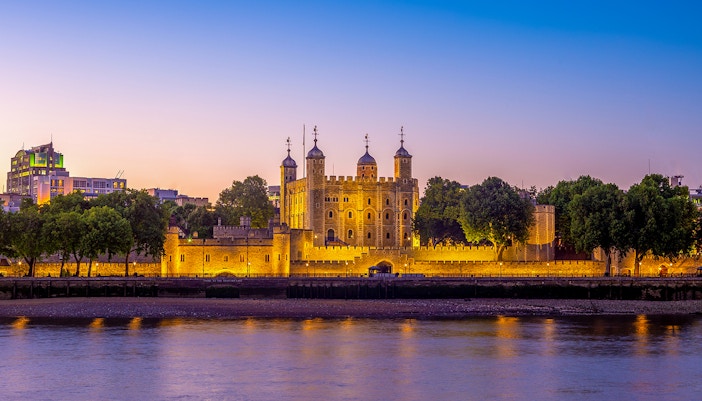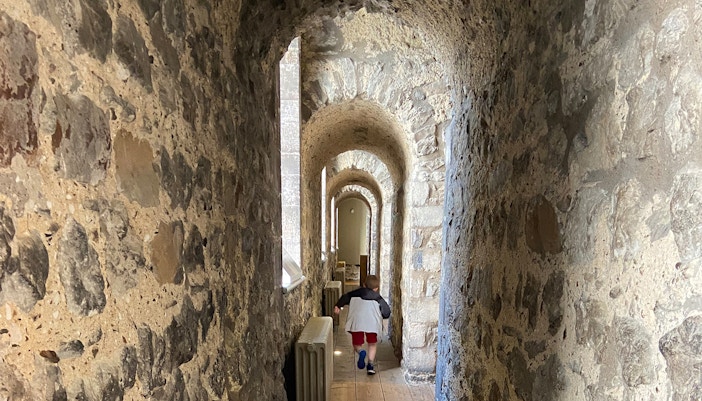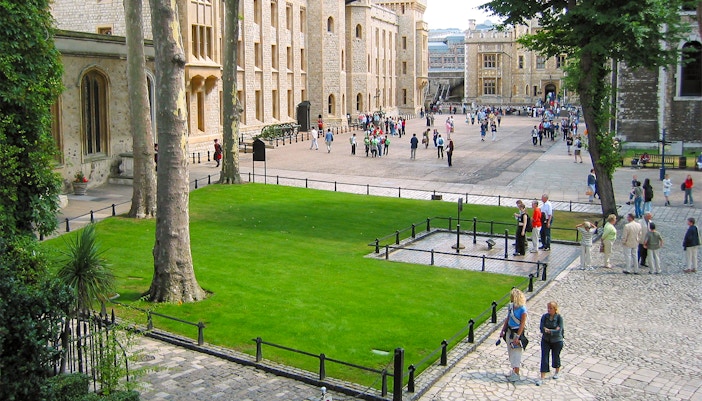The Beauchamp Tower dates back to the 14th century. Initially constructed during the reign of Edward I, it served as a prison for numerous high-profile political captives, including Edward Courtenay, Henry Howard, and Robert Devereux. Remarkably, the tower still bears witness to their presence through the graffiti etched into its walls.
What to see at the Tower of London prison
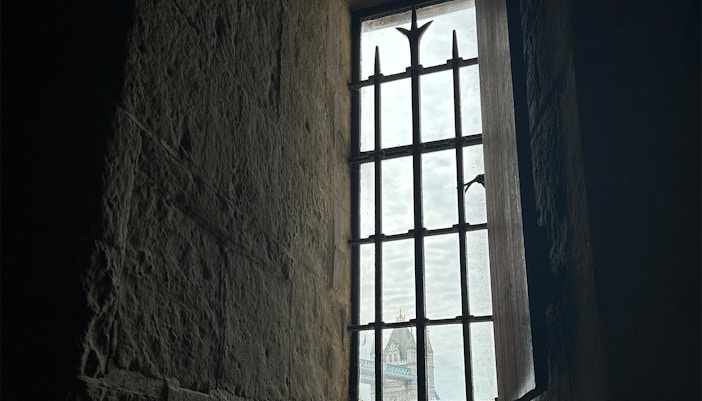
Beauchamp Tower
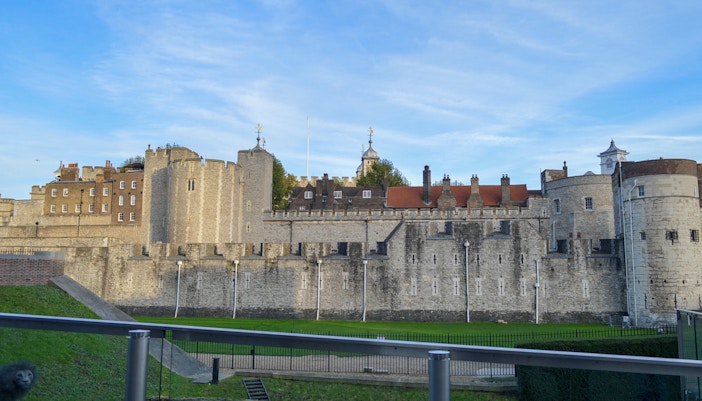
Tower Green
Tower Green, located in a grassy area, bears witness to the history of high-profile executions. Situated south of the Chapel Royal of St. Peter ad Vincula, it served as the stage for beheadings of esteemed figures, including Anne Boleyn, Catherine Howard, and Lady Jane Grey. Today, a memorial sculpture stands as a tribute to those condemned to death.
Bloody Tower
The Bloody Tower harbors mysteries regarding the disappearance of two young princes—Edward V and his brother Richard—sons of King Edward IV and heirs to the throne. Their disappearance, widely believed to have been murdered on Richard III's orders, coupled with a history of imprisoning and executing prisoners, gave the Bloody Tower its name.
